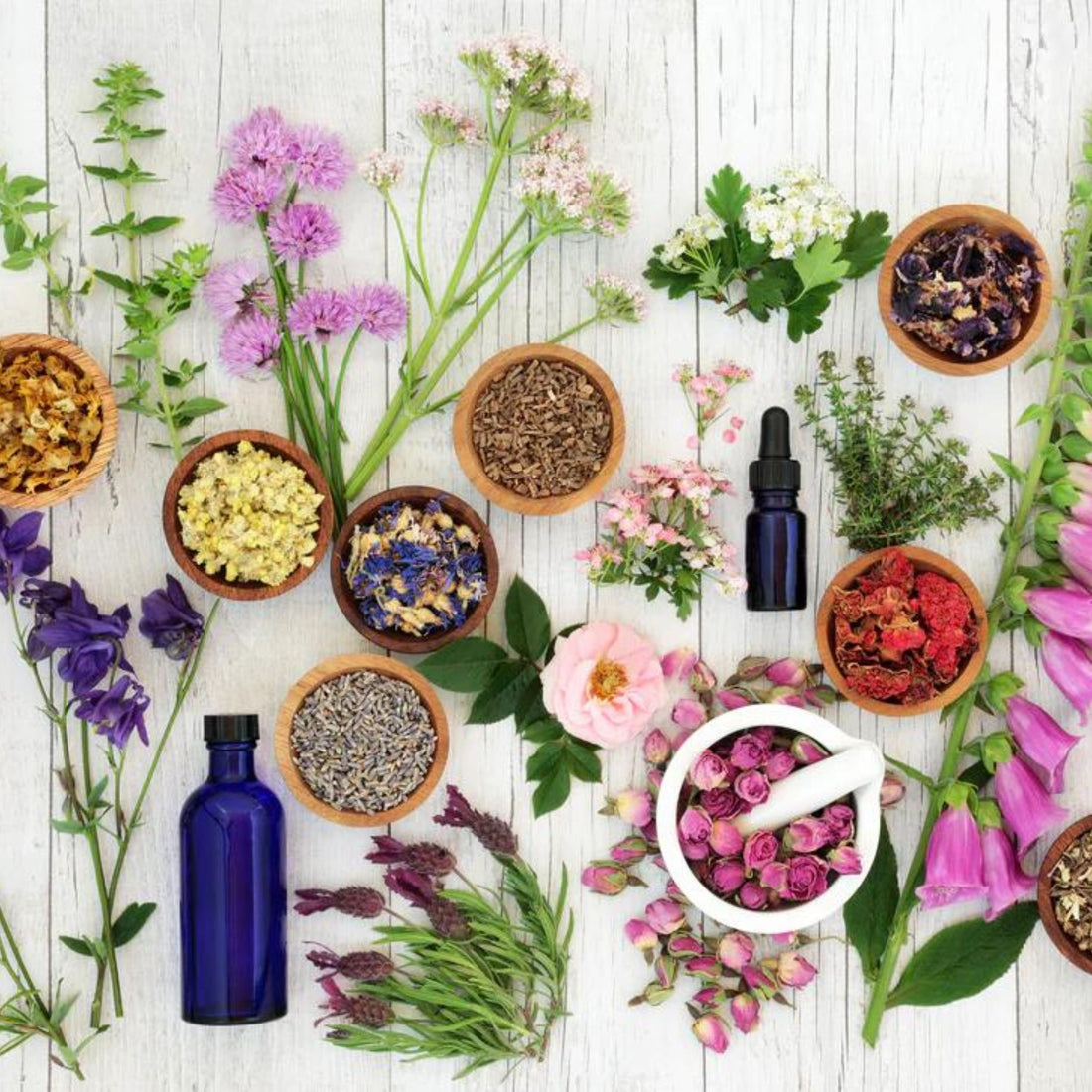
What is the Difference Between Essential Oils and Blends?
The Difference Between Essential Oils and Blends?
Introduction:
As the popularity of natural remedies and holistic wellness grows, essential oils and blends have become staples in many households. Despite their widespread use, there's often confusion about the difference between essential oils and blends. In this blog post, we'll explore what sets them apart, their unique benefits, and how to use them effectively.
What are Essential Oils?
Essential oils are concentrated extracts derived from various parts of plants, including leaves, flowers, stems, and roots. These oils capture the plant's scent and beneficial properties through methods like steam distillation or cold pressing.
Definition
Essential oils contain only one type of oil, extracted from a single plant species.
Characteristics
Common Uses
What are Essential Oil Blends?
Definition
Essential oil blends are mixtures of two or more essential oils combined to achieve a specific therapeutic effect or fragrance. These blends are carefully crafted to enhance the individual properties of each oil.
Characteristics
Common Uses
Key Differences
Composition
Purpose
Usage
Customization
Choosing Between Essential Oils and Blends
When to Use Essential Oils
When to Use Essential Oil Blends
Conclusion
Understanding the difference between essential oils and blends can help you make informed choices in your wellness journey. Whether you prefer the purity and simplicity of single essential oils or the targeted benefits of expertly crafted blends, both offer unique advantages that can enhance your health and well-being.
- Purity: Essential oils are pure extracts from a single plant species.
- Concentration: They are potent and must be used with care, often requiring dilution with carrier oils before topical application.
- Aroma: Each essential oil has a distinct aroma reflective of its source plant.
- Aromatherapy: Lavender for relaxation, eucalyptus for respiratory relief.
- Topical Applications: Tea tree oil for acne, peppermint oil for muscle relief.
- Household Cleaning: Lemon oil for disinfecting surfaces, lavender for freshening the air.
- Synergy: The combination of oils creates a synergistic effect, often making the blend more effective than the individual oils alone.
- Purpose-Driven: Blends are designed for specific purposes such as relaxation, energy boosting, or immune support.
- Complex Aromas: The resulting scent is a complex, layered fragrance that combines the notes of each essential oil in the blend.
- Aromatherapy: Blends for stress relief, sleep support, or focus.
- Personal Care: Pre-made blends for skincare, haircare, or massage oils.
- Diffusion: Creating a desired ambiance, such as calming or invigorating environments.
- Essential Oils: Single plant extract.
- Blends: Mixture of multiple essential oils.
- Essential Oils: Used for their specific, individual benefits.
- Blends: Formulated for a targeted effect, combining the strengths of multiple oils.
- Essential Oils: Often used independently or combined by the user.
- Blends: Pre-mixed for convenience, offering a ready-to-use solution for specific needs.
- Essential Oils: Allow for personal experimentation and customization.
- Blends: Provide a consistent, expertly formulated product for those who prefer not to mix their own.
- When you need a specific therapeutic benefit from a single plant source.
- If you enjoy customizing and creating your own blends.
- When you require a pure, undiluted form of a plant extract.
- When you seek a convenient, ready-to-use product tailored for specific effects.
- If you prefer the expertise of formulated blends over DIY mixing.
- When you want to experience the combined benefits of multiple essential oils in one product.
